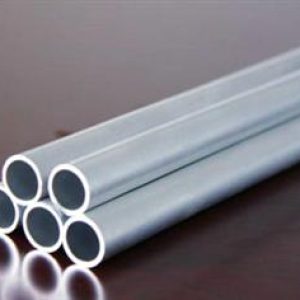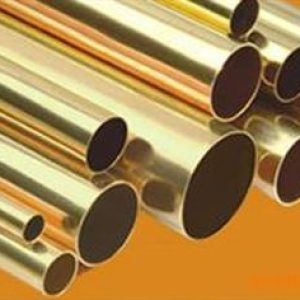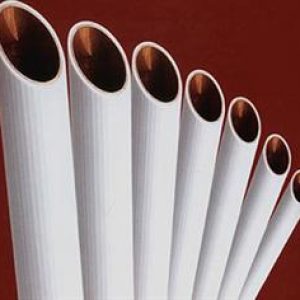Copper pipes are widely used in plumbing and HVAC systems due to their durability, corrosion resistance, and ability to handle both hot and cold water. Key parameters that define the characteristics and uses of copper pipes include:
- Type: Copper pipes are classified into several types based on their wall thickness and intended use. The main types are Type K, Type L, and Type M, with Type K being the thickest and most robust, followed by Type L, and Type M being the thinnest.
- Diameter: Copper pipes are sized according to their outside diameter (OD), commonly ranging from 1/8 inch to 4 inches, with standard increments in between. The sizing can follow imperial (inches) or metric (millimeters) measurements.
- Wall Thickness: This impacts the pipe’s pressure rating and overall strength. Thicker walls (as in Type K) can handle higher pressures and are more resistant to external damage.
- Working Pressure: Refers to the maximum pressure the pipe can safely withstand during operation, varying depending on the pipe type, diameter, and temperature of the fluid it carries.
- Temperature Rating: Specifies the range of temperatures the pipe can effectively handle without damage or loss of performance. Copper is suitable for both hot and cold water applications.
- Coating/Finish: Copper pipes may have a plain finish or come with a coating such as lacquer to prevent tarnishing during storage and handling. For埋地 installations, special coatings may be applied to protect against corrosion.
- Jointing Method: Copper pipes are typically joined using soldering, brazing, or press-fit connections. Each method has its advantages, with soldering being traditional but requiring skill, while press-fit systems offer faster, no-solder installation.
- Hardness: Soft copper is more pliable and easier to bend, often used for refrigeration lines and in tight spaces where flexibility is crucial. Hard copper, on the other hand, is stiffer and better suited for straight runs and areas where rigidity is important.
- Refrigeration Grade: Certain copper pipes are specifically designed for refrigeration and air conditioning systems, with additional requirements for leak tightness and compatibility with refrigerants.
-
Longevity: Copper piping is known for its long service life, often exceeding 50 years, due to its inherent resistance to corrosion and degradation.


